Why We Don’t Know How to Repair Relationships Anymore
On conflict, avoidance, and the lost skill of community repair
Why We Fail at Repairing Relationships and Community
Some parents didn’t teach us how to love, they taught us how to punish.
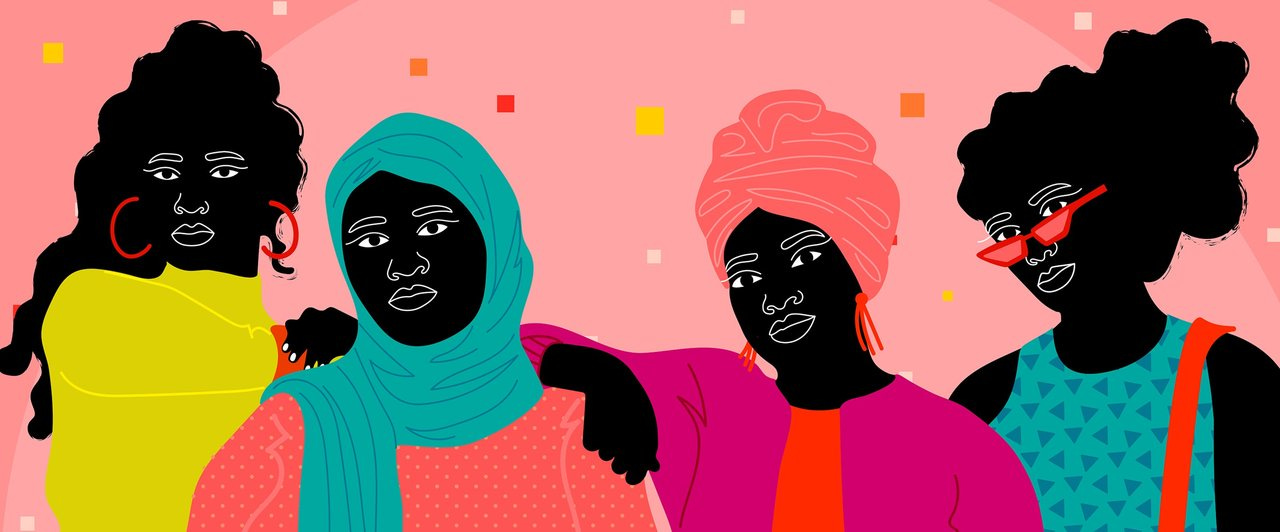
I pay attention to people, and one thing I’ve learned is that in so many households, rupture was met with silence, withdrawal, or threats. Repair wasn’t a process, it was a power play. Conflict meant someone had to disappear, someone had to beg, someone had to lose.
I spent years as a child being the one who repaired. The one who told my mother she was hurting her friends and sisters with the same silence she used on me. I would run to her sister’s house, hear their side, then come back to her and translate for repair in a language she could understand in her trauma so she could mend the relationship.
Before I made the decision for final estrangement, she told me it made her resent me more because she felt like 14 year old me wasn’t on her side. The whole time I was watching how isolated she was, cutting people off left and right because she couldn’t regulate or see nuance unless I co-regulated her.
That isolation wasn’t random. It’s what happens when you treat rupture like punishment instead of something to be repaired. I’ve written before about how parents create their own loneliness when they refuse to face themselves. The moment I turned 18 I left home for university in another continent.
The Mediator’s Role in Family and Community
“Repair was a skill I inherited, but it was never supposed to be mine to hold alone.”
My mother forgot I was raised by her mother, the community and political mediator even to presidents. I learned this skill of people-keeping from her. Truth-telling. Mending. Repairing. I mend down to my clothes, some of which I’ve owned for over 15 years, always mending one hole after another. I still have the swathing from 1984 I was held in when born.
I’ve been the mediator between friends. The translator between partners and their own parents. The one who held space so people could say what they were too ashamed to say on their own. I’ve written entire manuals on how to apologize for my own abusers may I add. I taught women, especially partnered women, how to repair with men they made decisions to stay with and who expected care without accountability.
It’s heavy to mediate for people who refuse to see their part. Repair only works when both people choose it. I never told anyone to stay. I showed them what staying would require.
I watched what happened when I stopped doing it, thinking people had picked up my skills just by watching me move.”They blamed me for letting it fall apart, as if my job was to hold them together and co-regulate what they refused to see.
Things fell apart, no Chinua Achebe.
Not because our connection wasn’t real, but because the center couldn’t hold. And because most people don’t know how to stay when something breaks. They only know how to orbit, wait, spiral, or pretend they’ve moved on.
Meeting adults in their forties and fifties who don’t know how to handle healthy conflict is one of the most jarring things in my life. I expect it from people socialized into avoidance and performance. But in Black and brown spaces, where survival often requires directness, the silence, deflection, and emotional sabotage feel even more disorienting.
It's not conflict that ruins relationships, it's the refusal to see our part in it. Watching people age chronologically but regress emotionally and never ask why. Seeing my neurodivergent kin hurt, judged for seeing multiple sides and nuances, but when they name it, they’re cast as the issue.
My grandmother said you can’t build anything lasting without repair. Rome was even more beautiful once it was rebuilt after the great fire. —Lovette Jallow
But you have to remember that some people just get older, not wiser, even your own mother. When I try to use the tools I learned from her, sometimes I hit a wall. Because those tools came from a generation that doesn’t exist anymore, who sat under the baobab and spoke face to face and confronted shame.
I watched my grandmother mediate conflict in our community. She had standing. She called people in, named the harm, and sat with the discomfort. No ego. No public shaming. If someone lied, she shut it down. Witnesses kept records so harm couldn’t be denied or repeated. That kind of accountability held people together.
Real community repair needs truth. Sometimes it also needs objective mediation from people committed to everyone’s dignity, even if they take sides about who is right and what is right.
That was the role of our elders. To ensure the one who caused harm understood, with grace, and corrected. That’s the work people now call cruel, dramatic, or unnecessary. This essay came about because of a post by a dear Comrade friend Dr Jenn Jackson and it is about repair, and our individual and collective responsibilities.
So get a cup of tea, sit with me, and then share your thoughts.
What Real Repair in Relationships Looks Like
“Repair is not reconnection. Reconnection is the outcome. Repair is the work.”
Repair isn’t a feeling. It isn’t instinct. It’s a skill. Like any skill, it has to be taught, modeled, and resourced. Most people confuse repair with reconciliation, apology with access, guilt with growth. They think saying sorry is enough. They think reconnection is proof that nothing broke.
Repair is not reconnection. Reconnection is the outcome. Repair is the work.
Real repair means acknowledging harm without defensiveness. It means accepting that impact outweighs intention. It means letting the person who was hurt set the terms of engagement. It means offering amends without expecting anything in return.
Most of us never saw this modeled. We learned that conflict meant punishment. Disagreement meant withdrawal. Apologies were demanded, not given. We shut up, shut down, or over-functioned to restore closeness.
That’s why so many adults move through friendships and relationships believing that rupture means abandonment. Or believing that whoever cares more should be the one to fix it. It isn’t because they don’t care. It’s because they were never shown how to repair without humiliation.
Instead of repair, we learned performance. Say the right thing. Keep the peace. Avoid being blamed. That’s not accountability. That’s fear in a new outfit.
What We Learned Instead of Conflict Repair
“We weren’t taught repair. We were taught performance.”
If no one taught us how to repair, what did we learn instead?
We learned to perform. We learned to manage power. We learned to read the room, scan for rupture, and contort ourselves to avoid conflict instead of processing it.
Most of us didn’t see accountability paired with love. We saw people punished for being wrong. We saw adults yell, withdraw, blame, collapse, or pretend nothing happened. So we learned to do the same.
We weren’t taught to say, “That hurt, let’s figure out what happened.” We were taught to say, “It’s fine.” We weren’t taught to ask, “What do you need to feel safe again?” We were taught to wait for things to go back to normal.
Because proximity was mistaken for resolution, many of us equated reconnection with repair, even when nothing was acknowledged or changed. The person who was hurt just folded themselves smaller to keep the peace.
In families where love was conditional, repair became a performance of self-erasure. Be the first to apologize, even if you didn’t cause the rupture. Downplay your pain so others feel less ashamed. Smile, laugh, distract, move on. Never bring it up again, or risk being called dramatic or too sensitive.
This doesn’t vanish in adulthood. It mutates. People perform apology to end discomfort, not to create trust. They ghost instead of naming harm because they’ve never seen conflict handled without punishment.
That’s how friendships collapse over misunderstandings. How partnerships rot under unspoken resentments. How estrangements get reframed as boundaries, when they’re just unprocessed shame.
Those of us who know how to repair often end up doing it for everyone else. Until we stop. And then everything falls apart, not because we were holding it wrong, but because we were holding it alone.
Why Adults Struggle With Conflict and Repair
“They call it boundaries. They call it growth. But it’s power panic disguised as self-protection.”
Most people think repair requires love. It doesn’t. It requires nervous system capacity, emotional regulation, and the belief that being wrong won’t cost you the relationship.
People raised in punitive or unpredictable homes didn’t learn that. They learned that being wrong meant humiliation. Being called out meant impending abandonment. Being honest meant you would be punished.
So instead of learning how to repair, they learned to perform strength by disappearing first. They block before you can set a boundary. They reframe the dynamic before you can describe the harm. They tell themselves you were unstable or manipulative because facing the shame of being seen is more unbearable than losing the connection.
These are trauma responses, not strategy. They’re fawn, freeze, and fight in real time. Ghosting, orbiting, spiraling—none of it is accidental. It’s survival logic we call boundaries in todays society. And many people react this way without realizing they’re in survival mode. Researchers describe fawn, freeze, fight, and flight responses as ingrained trauma patterns. (van der Kolk, 2014)
For some, conflict feels like danger in the body. Not because the relationship itself was profound, but because it hits old wounds they don’t always recognize. The fear isn’t just losing you, it’s being made unworthy. So they move fast to protect themselves. They pull away before you can. They rewrite the story so leaving feels justified.
They call it growth. They call it clarity. But it’s power panic they mask as self-protection. Until someone learns how to be seen in their shame without collapsing, they will keep choosing control over repair.
What Happens When We Avoid Repair in Relationships
“Clarity looks like cruelty to people who don’t know how to repair.”
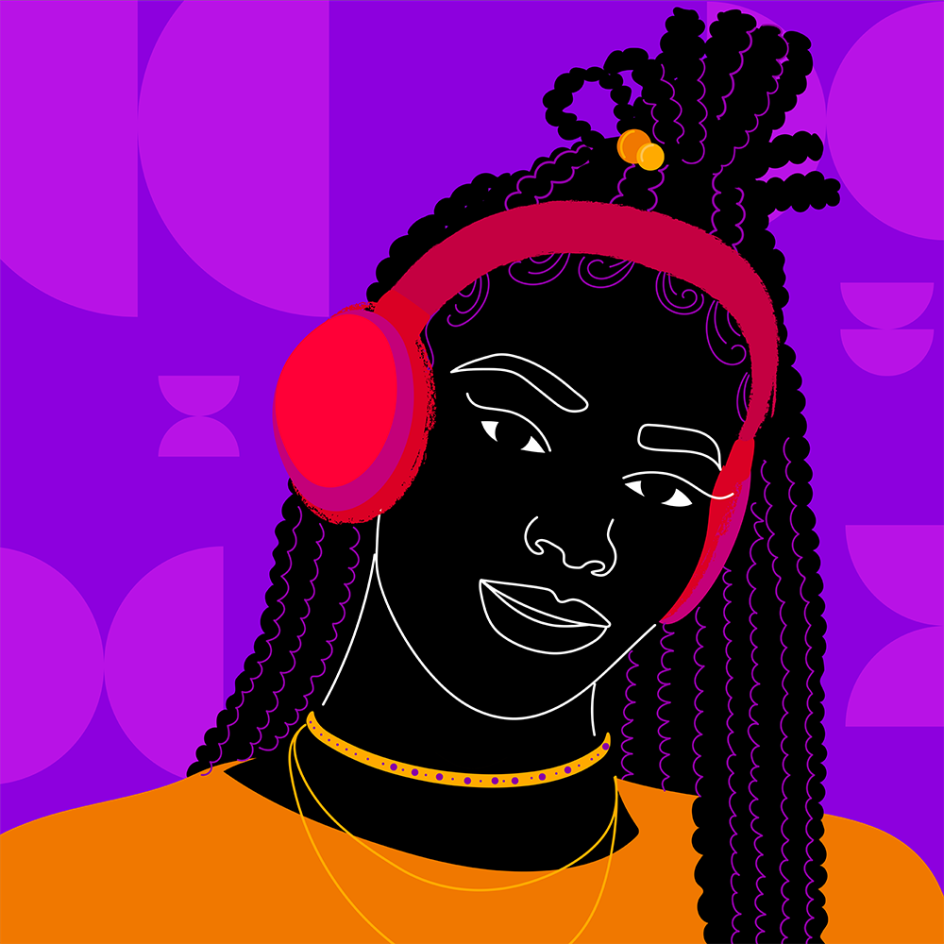
When people don’t know how to repair, they don’t just disappear. They orbit, spiral, and rewrite the story so they’re not the villain.
They confuse shame with truth. Absence with resolution. Instead of asking how to make sense of what happened, they make sure they’re not the one who has to say it first.
Some go silent and wait, hoping you’ll come back and do the repair for them like you always have. Some post vague things online, perform indifference, or pretend nothing happened. Some turn you into the villain because control feels safer than complexity.
When they see you move on, see you laughing again, close to someone new, the anxiety spikes. That’s when they start orbiting. Not to reconnect, but to reinsert themselves. To maintain proximity without risking rejection. To be seen without being accountable. To leave a window open, just in case you’re still watching.
Those who don’t orbit rehearse a different story. They convince themselves you were never real, the relationship was never that deep, or they had to protect themselves. They call it healing, but it’s just grief avoidance dressed in self-mastery.
Those of us who step away calmly, clearly, without cruelty get cast as cold or unfeeling. Because when you’ve built your life around people who don’t know how to repair, clarity looks like cruelty.
What actually happened is simple. You named the rupture. They collapsed under the weight of being seen. Instead of saying, “I wasn’t ready,” they left the story and hoped no one would notice. But we notice. Those of us who carry the burden of repair always do.
Trauma Shame and Power in Relationships
“Until someone can be seen in their shame without collapsing, they’ll keep choosing control over repair.”
Repair doesn’t require love. It requires the capacity to stay regulated when you feel exposed. It needs the belief that being wrong won’t cost you the relationship.
Most people weren’t taught that. They learned that being wrong meant humiliation. That being called out meant abandonment. That honesty was punished.
So they learned to perform strength by disappearing first. They block before you can set a boundary. They reframe the dynamic before you can describe the harm. They tell themselves you were unstable or manipulative because facing their own shame is more unbearable than losing the connection.
This isn’t just emotional immaturity. It’s attachment trauma on repeat. Attachment research shows these patterns form in early environments that punish honesty and reward control. (Levine & Heller, 2010)
Here’s what I’ve seen over and over:
Pretend and Perform:
Act as if nothing happened. Avoidant strategy protecting against emotional confrontation and loss of control.Block, Ghost, Orbit:
Disorganized, fearful-avoidant behavior that guards against abandonment terror and the shame of being too much.Mutual Disconnect:
Waits for you to reach out and calls it even. Anxious-preoccupied move protecting against rejection by forcing pursuit.Moral Broadcasting:
Posts vague, moralistic commentary online. Trauma-adjacent, low self-concept defense that protects ego by rewriting the narrative.Revisiting the Past:
Returns months later to reopen old conversations. Limerent or ego-fractured strategy protecting dignity by reframing history.
For many, rupture feels like death. Not because the bond was deep, but because it struck something old and unspoken. The fear tells them: If I’m wrong, I’ll be discarded. If I admit fault, I’ll be erased.
So they try to beat you to the exit. They leave first to avoid being left. Later, they justify it. They call it boundaries. They call it growth. But beneath it, it’s power panic happening acting as self-protection.
Until someone learns to be seen in their shame without collapsing, they will keep choosing control over repair.
How to Practice Real Repair in Relationships
“Repair is accountability without manipulation.”

Repair isn’t something you perform. It isn’t an overlong apology, a desperate essay, or a carefully timed message months later. It isn’t orbiting someone’s page, commenting on their new partner’s posts, or liking cryptic quotes about healing.
Repair is accountability without manipulation tactics. It’s staying in the room when you feel the heat rise. It’s saying, “I hurt you. I can name that. I can hold that without asking you to make it easier for me.”
It looks like naming the specific behavior without justifying it. Letting the other person respond, not just receive. Acknowledging you don’t get to decide the consequence. Offering amends, not just sentiment.
Most of all, repair doesn’t assume reconnection. It doesn’t expect to be welcomed back. It doesn’t require forgiveness. It doesn’t collapse if the other person says, “Thank you, and no.”
It asks: Can I be responsible for what I broke without needing you to give me closure in return?
That’s real repair. It’s quiet. Often unseen. Rarely performed by the people who cause the most harm because that would mean facing themselves without needing to be comforted afterward.
Those who know how to repair don’t chase. They don’t orbit. They don’t turn rupture into performance. They say what needs to be said and stay long enough to feel the discomfort.
That isn’t weakness. That’s a form of vulnerable power most people have never learned how to hold.
Why Repair Fails in Adult Relationships and Friendships
“You can’t fix a bond you’re unwilling to name broke.”
Unprocessed rupture doesn’t stay quiet. It festers. It mutates into projection, and premature detachment.
People who never learned how to repair don’t just struggle with conflict, they sabotage the conditions required for closeness. What they call boundaries is often just emotional avoidance with polished branding.
In adult relationships, this is emotional avoidance called maturity, passive aggression called taking space, and hoping time will erase the damage. And most commonly, limerence, where obsession replaces reflection, and the story of what might have been becomes more important than what actually was.
When rupture is unacknowledged, people don’t move on. They keep their distance while watching you closely. They circle new connections. They post vague reflections on healing and alignment. They say “no bad blood” but refuse to name the harm that was done.
But you can’t fix a bond you’re unwilling to name broke. You can’t heal something while pretending it never existed. You can’t expect forgiveness when you’ve outsourced accountability to time, silence, or someone else’s generosity.
In adulthood, clarity can never be cruelty. Naming a rupture doesn’t ruin a relationship. It reveals whether there was one at all.
Why We Don’t Build Enough to Make Repair Possible
“Disposability culture. Failure to self-regulate. Bonds too shallow to hold repair.”

People expect co-regulation without building bonds strong enough to hold it. They want someone to hold their panic and shame but never ask if the relationship can bear that weight. They treat early connection like intimacy, confuse trauma-mirroring with trust, then act surprised when rupture shatters what wasn’t solid in the first place.
Disposability culture feeds this. We’re told there’s always another friend, another lover, another audience. Conflict ends the relationship instead of maturing it.
Self-regulation isn’t prioritized. No one teaches people to recognize their own shame, their panic, their avoidance. They want others to hold it for them. They want relationships to be caregivers, not partners. But they don’t invest in building the trust or accountability that makes that safe for anyone else.
Repair can’t happen if there was nothing stable to return to in the first place.
How to Practice Repair in Real Life
“Repair starts with you learning to hold your own discomfort so the people you love don’t have to carry it for you.”
If you want to hold conflict without ruining the relationship, you have to build something that can survive it. That starts with you learning to sit with your own discomfort before making it someone else’s problem to fix.
Start by asking yourself:
• Can I name what I did without explaining it away?
• Can I hold someone’s anger without demanding they soften for me?
• Can I admit harm even if it costs me the connection?
Self-regulation means recognizing the heat in your chest, the panic in your gut, the urge or ghost. It means pausing long enough to see it. Naming it. Staying with it instead of outsourcing it.
It also means building bonds that can hold this work. Not fast, fantasy connections built on trauma-mirroring. Real bonds. Ones where accountability is expected and mutual. Ones where you can say, “I messed up,” and know the point is to stay, not to win.
Repair isn’t something you pretend to do when you’re called out. It’s a skill you practice so the people you love don’t have to carry your shame for you.
What I’m No Longer Willing to Do for Repair
If repair is possible, I’ll meet you in it. But if what you want is rescue disguised as reflection, you’ll find silence where my labor used to live. -Lovette Jallow
I know what repair looks like because I’ve lived it. I watched it practiced quietly and wisely by my grandmother, who knew how to repair without ego or spectacle. She didn’t wait for the other person to make it easy first. That’s where I learned it.
I’ve modeled it more times than I can count. I’ve been the mediator between friends. The translator between partners. The one people called when things fell apart, not because I caused the rupture, but because I knew how to name what was missing. I’ve helped people walk their repair back to each other when no one else could. I’ve co-regulated people through repair they didn’t think they could survive.
But let me be clear. I ghost too, I list on this substack and in essays many situations where I will ghost and leave spaces unsuitable for repair and co-regulation. Not because I don’t understand repair, but because I do. And I know what it costs.
I don’t ghost people I love. I don’t ghost in conflict where there’s mutual investment or shared history. But I will ghost in situations where no relationship has been built, where someone is showing me, not telling me, that nervous system regulation is off the table. Where their idea of working on it is expecting me to hold the emotional weight while they create distance or spiral in front of an audience.
That’s not a rupture. That’s a drain. And I won’t mediate what was never mutual.
I’m not here to fix what someone else keeps breaking. I’m not here to write apology scripts for people who perform regret but won’t speak truth.
I’m no longer interested in being someone’s bridge to accountability if they’re only crossing it to be seen, not to stay.
Work With Me: Inclusion Strategy, Keynotes, and Critical Conversations
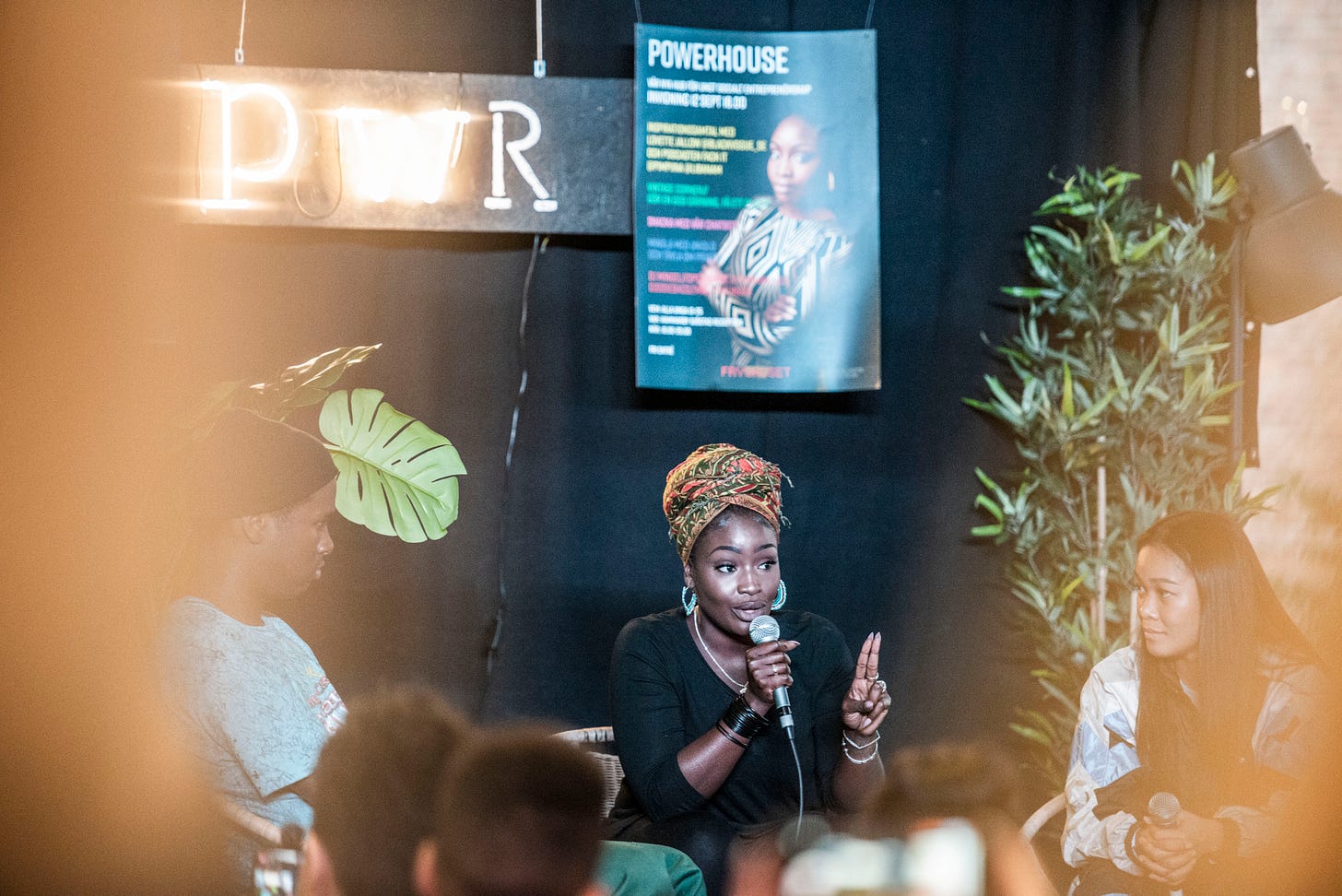
Explore More from The Lovette Jallow Perspective
You can find more of my essays exploring:
Neurodivergence, autism, and navigating public life as a Black woman
Building true inclusion beyond checkbox diversity
Reclaiming voice and agency across personal, political, and historical landscapes
Racism in Sweden and systemic injustice
Each essay connects real-world experience with structural analysis—equipping individuals and institutions to think deeper, act smarter, and build sustainable change.
Who is Lovette Jallow?
Lovette Jallow is one of Scandinavia’s most influential voices on systemic racism, intersectional justice, and human rights. She is a nine-time award-winning author, keynote speaker, lecturer, and humanitarian specializing in:
Neurodiversity and workplace inclusion
Structural policy reform
Anti-racism education and systemic change
As one of the few Black, queer, autistic, ADHD, and Muslim women working at the intersection of human rights, structural accountability, and corporate transformation, Lovette offers a uniquely authoritative perspective rooted in lived experience and professional expertise.
Her work bridges theory, research, and action—guiding institutions to move beyond performative diversity efforts and toward sustainable structural change.
Lovette has worked across Sweden, The Gambia, Libya, and Lebanon—tackling institutional racism, legal discrimination, and refugee protection. Her expertise has been sought by outlets like The New York Times and by leading humanitarian organizations addressing racial justice, policy reform, and intersectional equity.
Stay Connected
➔ Follow Lovette Jallow for expert insights on building equitable, neurodivergent-affirming environments.
🔹 Website: lovettejallow.com
🔹 LinkedIn: linkedin.com/in/lovettejallow
🔹 Instagram: instagram.com/lovettejallow
🔹 YouTube: youtube.com/@jallowlovette
🔹 Twitter/X: twitter.com/lovettejallow
🔹 Bluesky: bsky.app/profile/lovettejallow.bsky.social


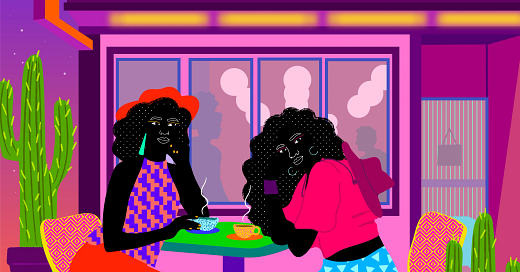







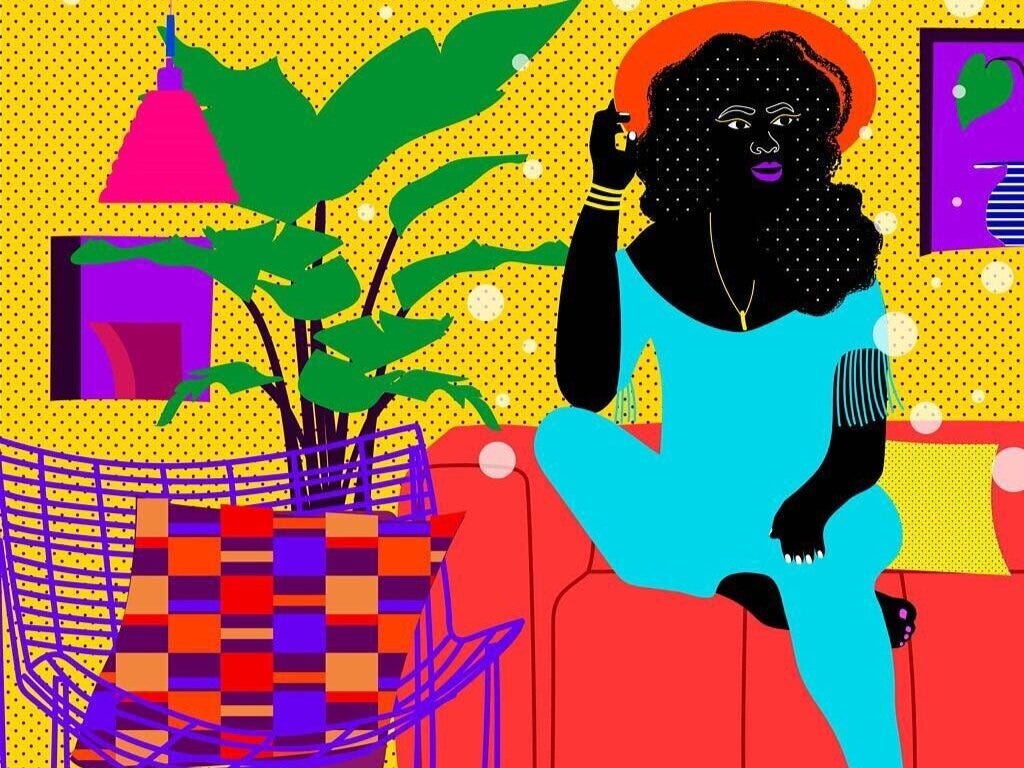



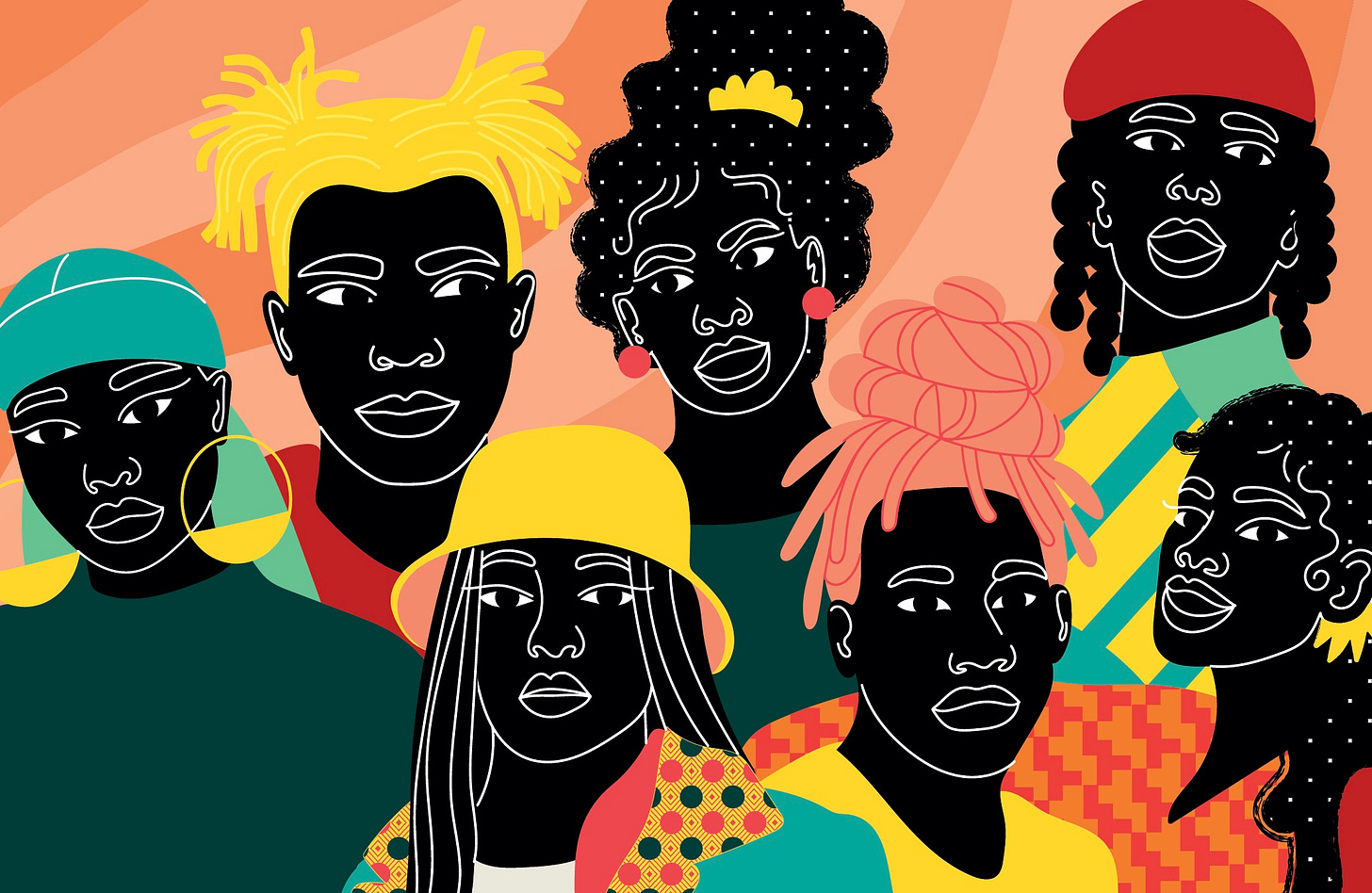
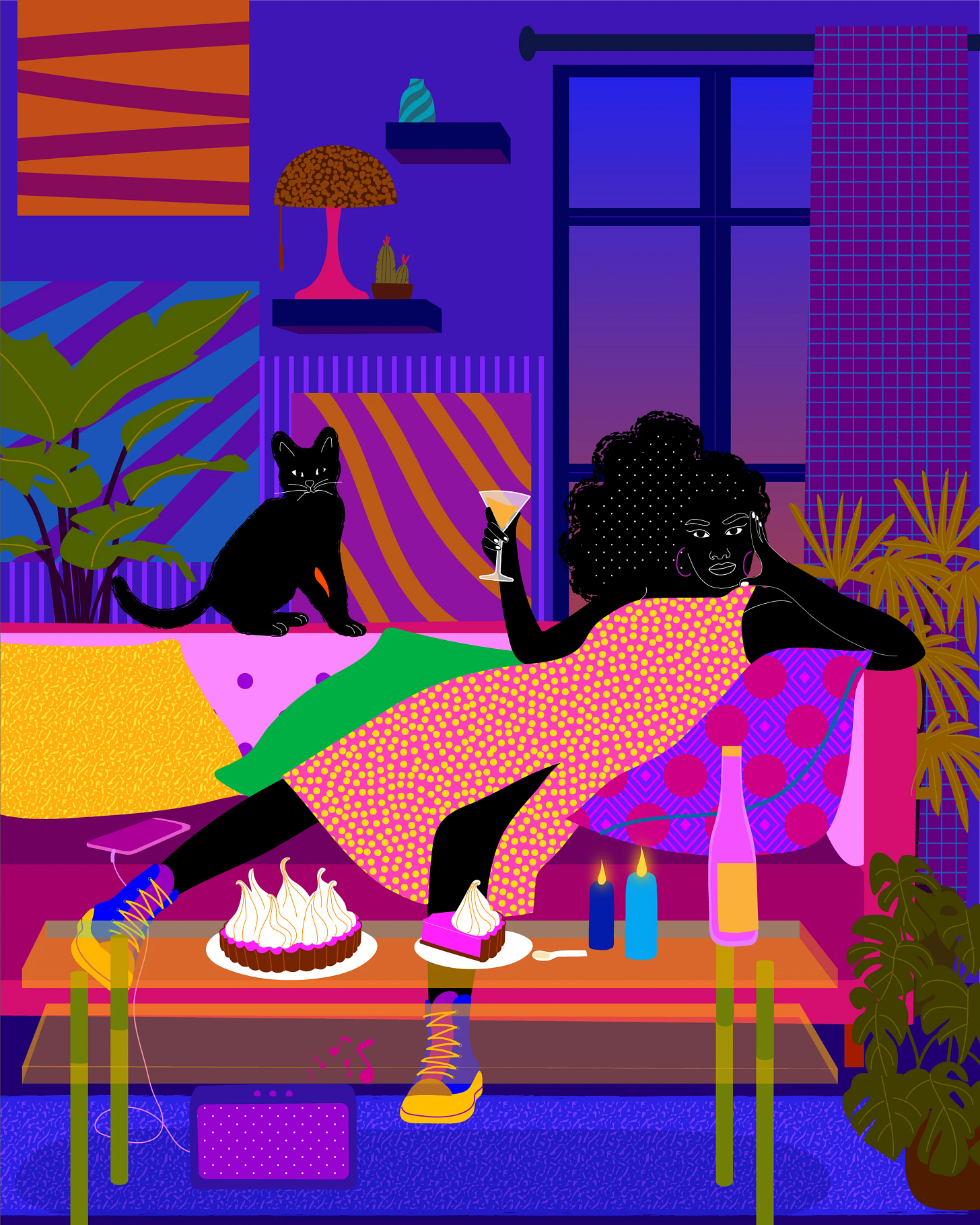


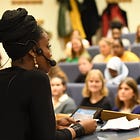



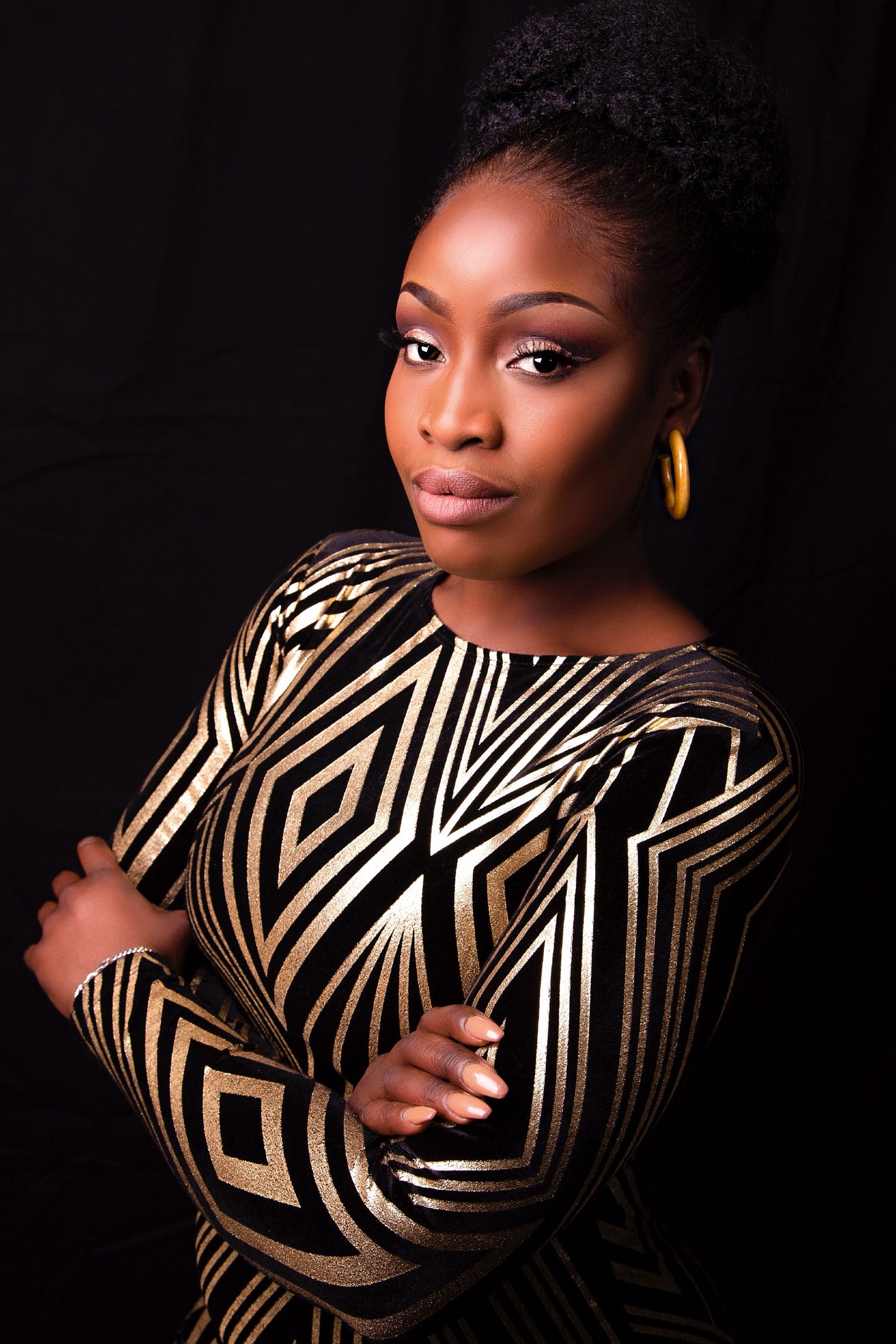
This piece? Whew. The lessons around repairing relationships, like the actual steps, the real work are so needed right now.
I remember being that kid who didn’t feel safe enough to say, “this hurt me.” Because either it got dismissed… or somehow, I became the problem. That lesson stuck too deep. Eventually, I stopped speaking up. I told myself, “I’m not dead, so whatever.” And that silence? It just turned into resentment. Then hate.
I’m lucky. I’ve got people around me who never gave up on me. People who were willing to grow with me. That’s the only reason I can even talk about this now.
Thank you, Jallow, for naming what so many of us were never taught to say.
"Repair is not reconnection. Reconnection is the outcome. Repair is the work." Understanding this point is so vital, because too many people confuse one for the other and it makes reconciliation that much harder. Excellent piece.